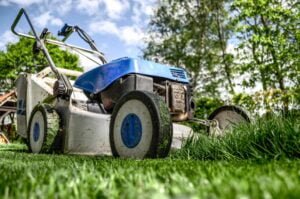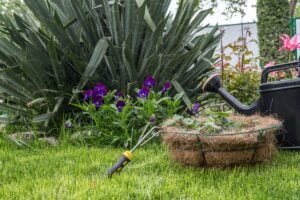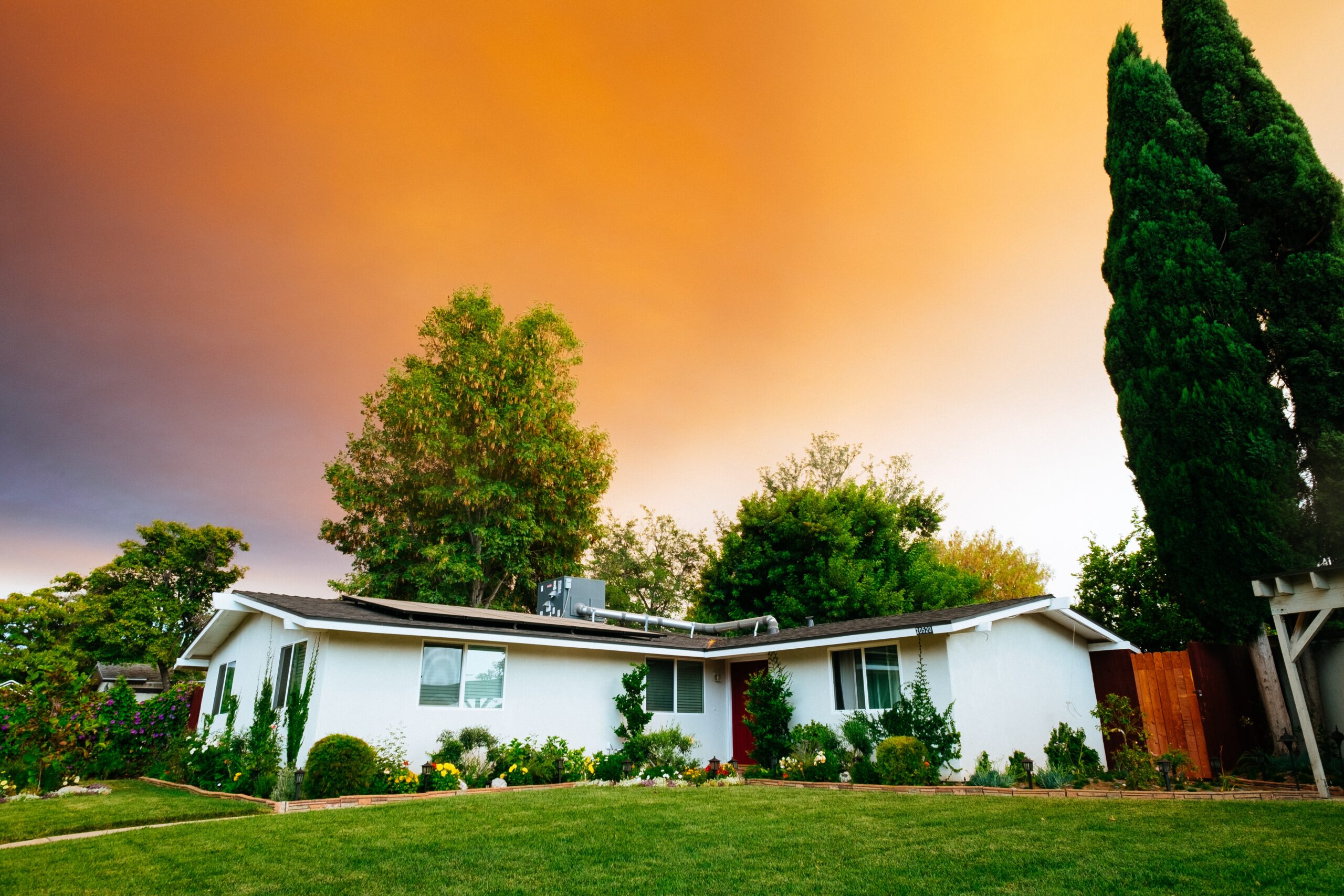Maintenance of Lawns
Using excellent management procedures throughout the growing season is essential for maintenance of lawns. A dense, healthy, high-quality lawn can be achieved with proper mowing, fertilizer, irrigation, and thatch control. The various aspects of maintenance of lawns are discussed below;
Rolling
The lawn is rolled with a medium-weight roller after the initial irrigation, while the soil is still moist. Until the lawn is established, rolling is done after each irrigation.
Mowing
The first mowing is postponed until the swards have developed to a height of 10-15 cm. The first cutting should be done with a sickle; after that, a lawn mower can be used. The lawn is mowed when the swards are around 5 cm tall after the initial cutting. Close mowing is not suggested; the mower should be set to 12 mm and equipped with a grass collector to prevent cut grass from falling onto the lawn.
Weeding
Many destructive weed seeds find their way into lawns and develop at the expense of lawn grass due to the usage of FYM and canal water for irrigation. Weeding should therefore be done with great care and perseverance. There are two methods for keeping a grass free of wrappers: (a) weed-inhibiting practices and (b) weed-eradication practices.
Weed Inhibiting Practices
Fertilizers should be used instead of compost since compost includes a lot of weed seeds. If you’re using compost, It should be treated to eliminate all weed seeds. (2) Occasionally spiking and raking to uproot and rake out weeds. (3) Earthworms, as well as other pests and illnesses, must be controlled.
Weed Eradication Practices
This strategy necessitates a combination of cultural behaviours and the use of agrochemicals. There are numerous weed-specific pesticides (weedicides/herbicides) on the market. These should be used with extreme caution and under the supervision of professionals.
Irrigation
Bermuda is a fast-growing grass that requires constant irrigation to maintain its health and beauty. If irrigation is not provided on time, the grass turns coarse and unkempt. Irrigation is required more regularly during the summer, when development is faster (every 5-7 days); in the winter, when growth is nearly stopped, the intervals are greater. The lawn should be fully drenched after each irrigation to ensure that the entire root zone is appropriately moistened. Light watering confines root development to the soil’s surface. Lawn sprinklers are very handy in this situation. They also have the benefit of cleaning the grass and making the lawn look clean and fresh.
Fertilization
A well-fed lawn is greener and more even than one that isn’t, and it has fewer weeds since the healthy turf chokes out the majority of them. Because nutrients are constantly lost in grass clippings, the soil must be restored every season by applying 2.5 kg of ammonium sulphate for every lOO sq m of lawn. Irrigation is immediately administered following that. Fertilizer should be applied as new growth emerges, in the early spring, and then again after the rainy season.
Read Also:- Garden Design
https://mianfarms.com/garden-design/
Aeration
Lawns, unlike agricultural crops, are not mowed. Aeration of the roots, on the other hand, is required once a year. Lawns are rolled with peg/prick rollers in the fall after a tight mowing. The pegs or pricks reach a depth of roughly 1 cm in the soil. After that, superphosphate is applied to ensure that it sticks to the peg holes. Irrigation comes after aeration.
Thatching
Bermuda grass uses stolons to spread throughout the surface. The stolon’s form roots at each joint, resulting in a dense mat of stolon’s covering the entire lawn area, which appears coarse and yellowish after a few months. Lawns are scraped once a year to alleviate this problem. To remove the thatch, the entire surface is scraped. The beginning of the rainy season is the optimum time to scrape. The dirt is lightly loosened with rakes after scraping.
FYM at a rate of 500 kg/sq m and ammonium sulphate at a rate of 2.5 kg/sq m are added and thoroughly mixed. After that, the ground is irrigated. During this process, great care is taken to ensure that the lawn’s level is not altered. This is al about the maintenance of lawns.

lawn aerator tool was developed for homeowners, gardeners, greenskeepers, or anyone who manages lawn and wants a better choice of manual lawn aerator than the ancient foot aerators or spiked sandals